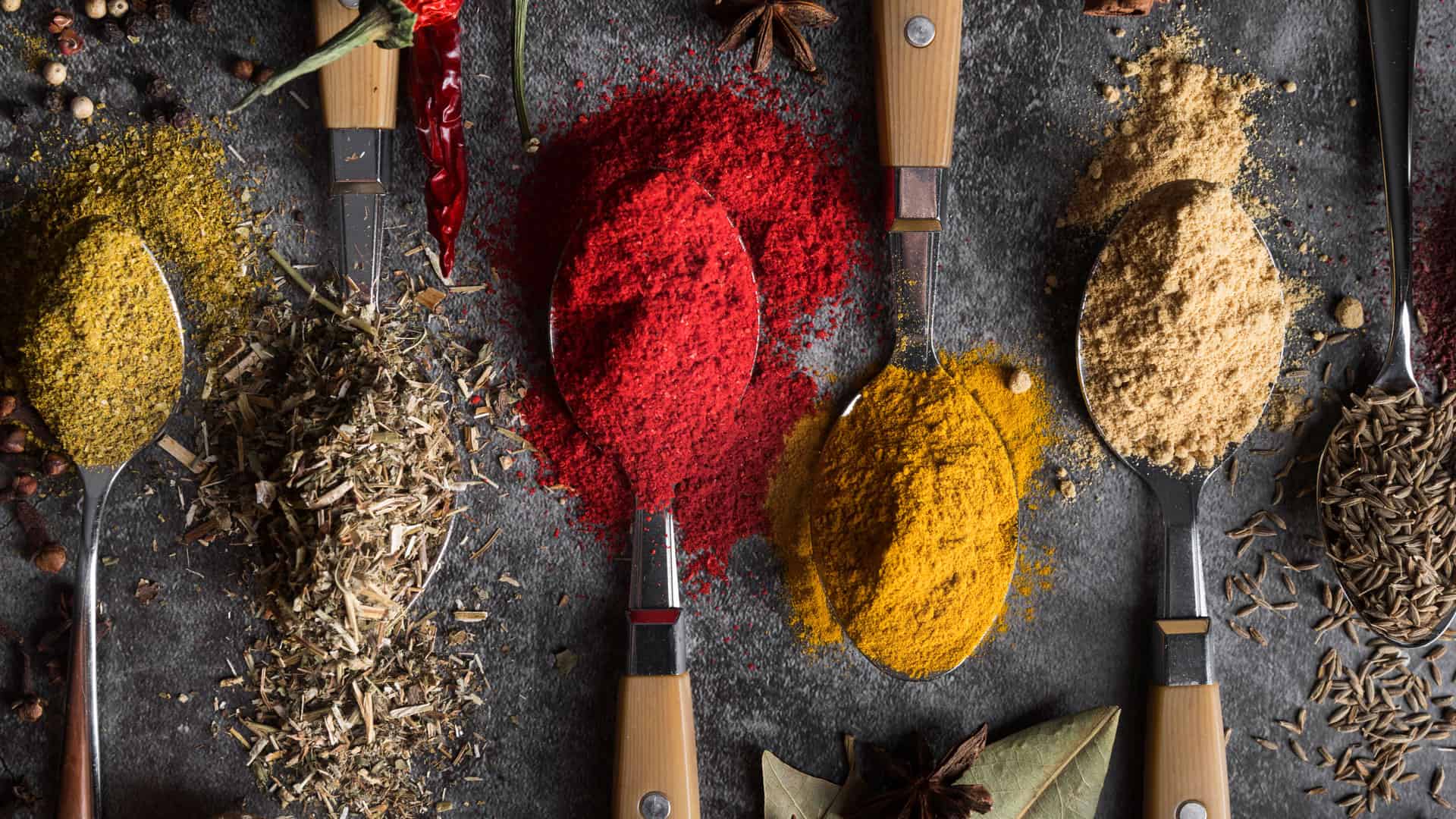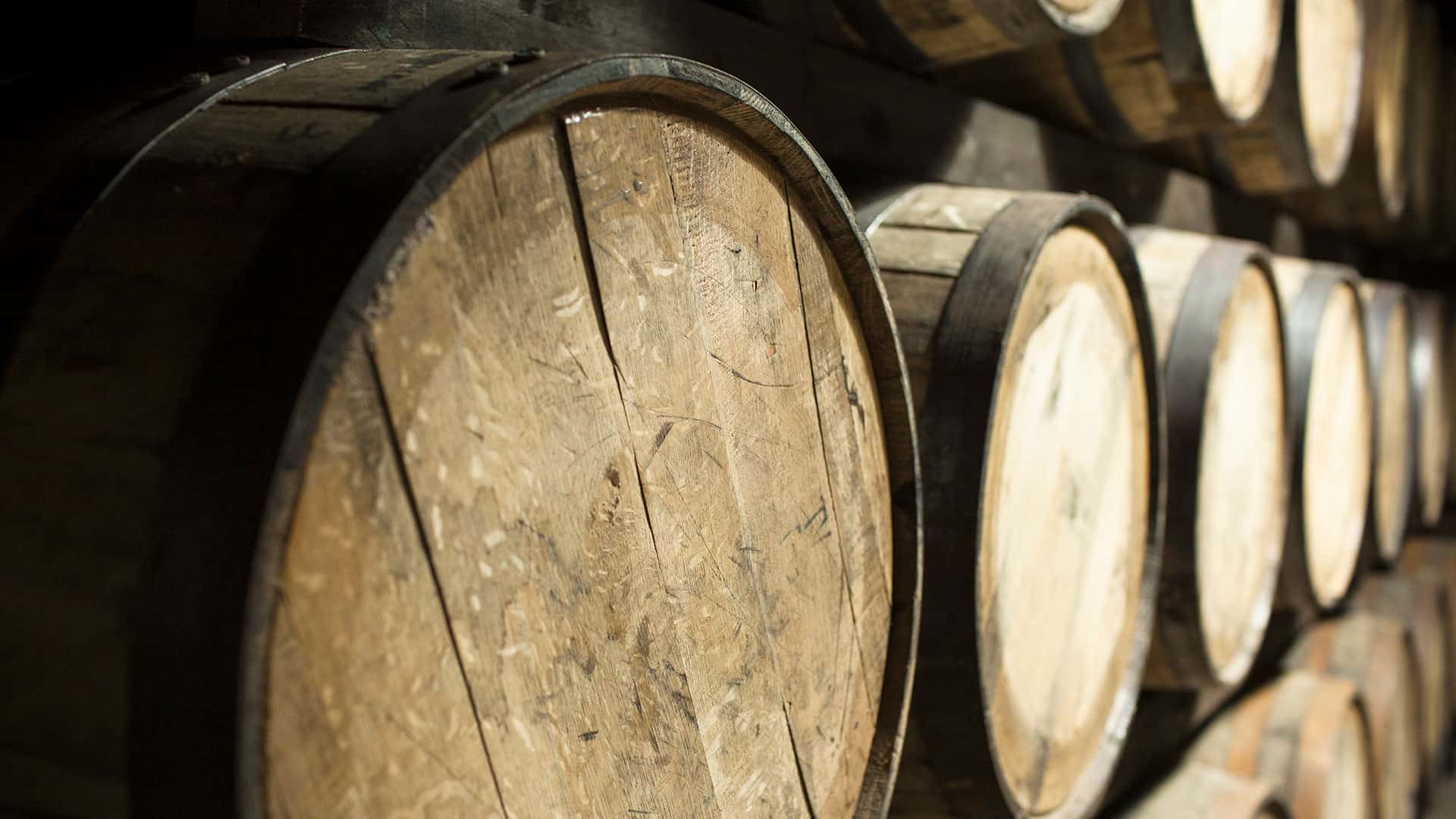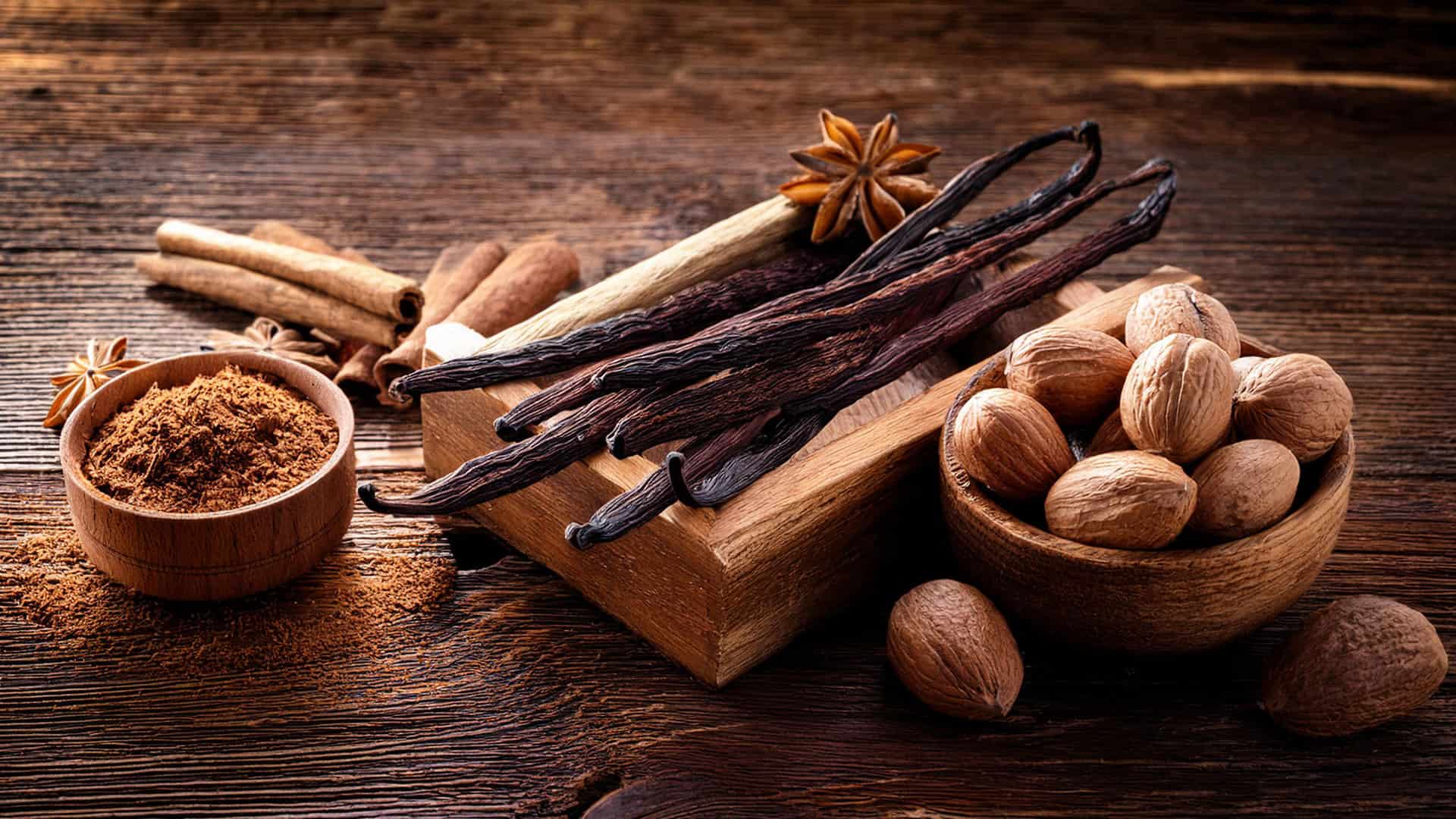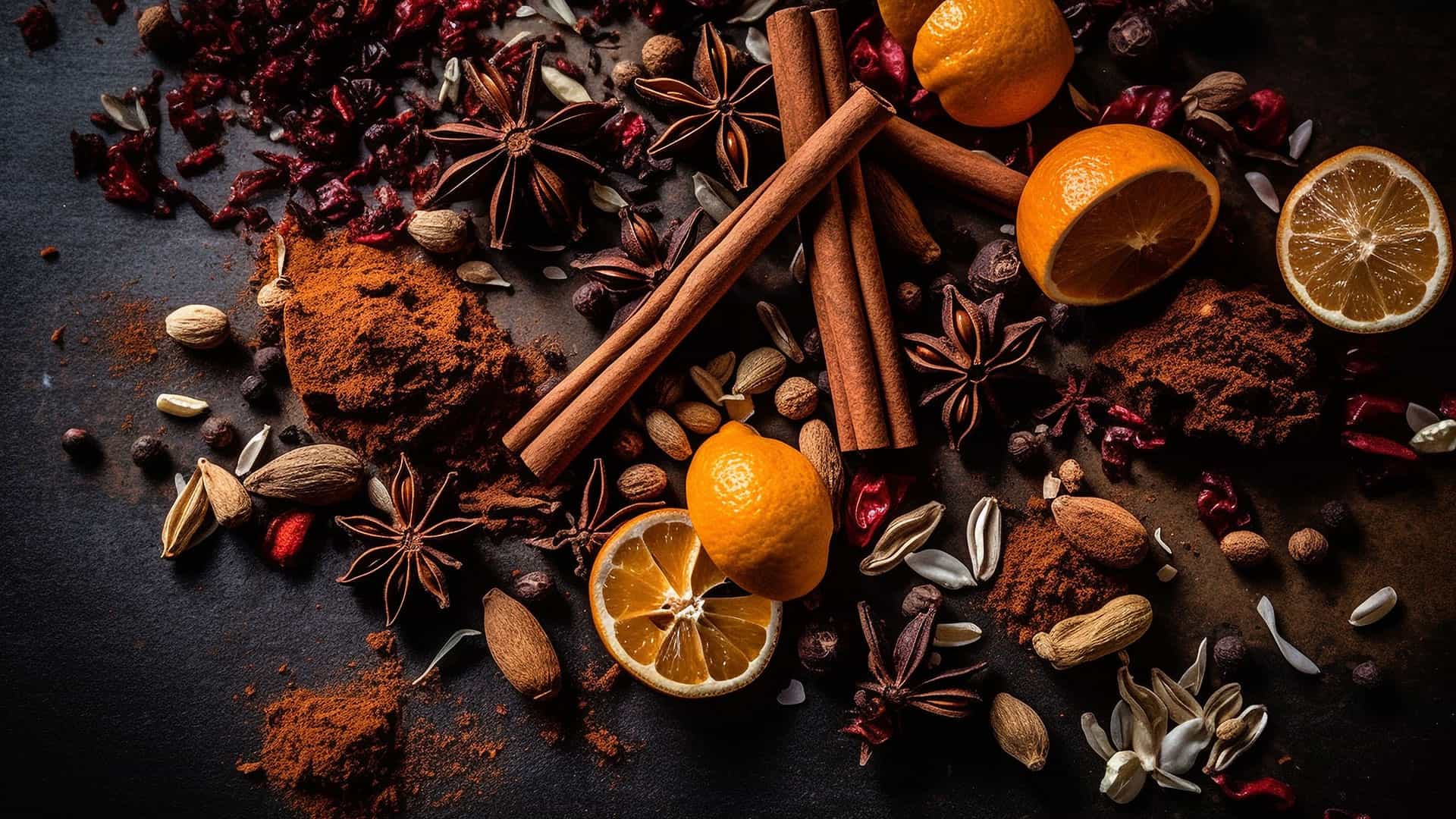The triumvirate of wine flavors
As we all know, all good things come in threes. And so it is with the categories of wine aromas. If you now think that this is straightforward and fairly simply structured, we are sorry to disappoint you. Because the three categories we are talking about here are merely the division into primary, secondary and tertiary aromas, which, according to the first official wine aroma wheel from 1985 (developed by the American professor Ann C. Noble), contain no fewer than 94 different aromas. Nowadays, there are a whole range of different wine aroma wheels, some with significantly more aroma variants, and there are even separate wine aroma wheels for individual countries. But first things first.

The variety of wine aromas that a wine reveals are of course also and primarily based on those found directly in the respective grape variety. These primary aromas, which are also known as fruit aromas, are influenced by the grape variety. Despite all the differences, many grape varieties have a typical varietal flavor, which allows even inexperienced wine drinkers to describe a wine relatively easily. There are usually two or three aromas that stand out in particular. With Chardonnay, for example, these are aromas of apple, butter, vanilla, mango or pineapple, with Pinot Noir aromas of raspberry, strawberry or violet and with Merlot aromas of plum and blackberry and with Cabernet Sauvignon blackcurrant. On the other hand, the terroir, i.e. the soil conditions and the climate in which the respective vines grow, also plays an important role in the primary aromas. A different climate alone, e.g. cool or hot, means that one and the same grape variety has very different primary aroma characteristics.

Secondary aromas are those wine aromas that enter the wine during the fermentation process and the subsequent ageing phase. Which aromas develop and to what extent is very much in the hands of the winemaker. It is not for nothing that it is said that a good wine is always created first in the mind of the winemaker. He therefore knows exactly which secondary aromas are needed in combination with the primary and tertiary aromas in order to ultimately delight his customers with a high-quality, well-balanced and complex wine. By choosing the fermentation method, the winemaker also decides on the type of aromas that should develop in the wine. Cool temperatures during fermentation tend to support fruity and floral aromas, whereas fermentation at warmer temperatures can lead to earthy and nutty aromas, but also to aromas such as cheese or hay and many other variations. In addition, when malolactic fermentation is carried out on red wines in particular, some of the very sharp and accentuated malic acid is converted into lactic acid. This results in a wine that is much softer and rounder in the glass.

This type of fermentation is generally not used for white wines, as the aim is to preserve the fruity, fresh character of the wine. However, if a winemaker specifically opts for malolactic fermentation for a white wine, it is because he wants to give his wine a soft, buttery note.
Last but not least, the tertiary aromas remain. These develop in the wine when it matures to perfection in the barrels. The barrels, depending on the type of wood but also the age, then give the wine additional flavor nuances such as wood, nut, vanilla, tobacco, etc.


